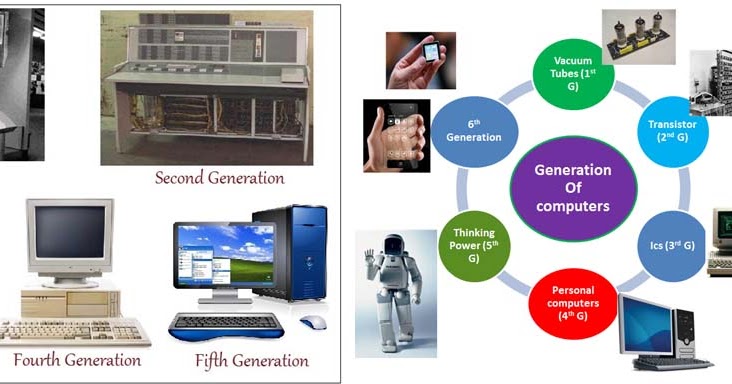
Like the assembler, a compiler takes higher-level language statements and reduces them to machine code.
2nd generation programming language list code#
The program that processes the source code written in these languages is called a compiler. These languages are easier to learn and faster to write programs with than assembler language. Historically, most programs have been written in "higher-level" languages such as COBOL, FORTRAN, PL/I, and C. Today, assembler programming is used only where very efficient control over processor operations is needed.

(In the case of Java, the output is called bytecode, which is converted into appropriate machine language by a Java virtual machine that runs as part of an operating system platform.)ĤGL or fourth-generation language is designed to be closer to natural language than a 3GL language. An assembler converts the assembler language statements into machine language.ģGL or third-generation language is a "high-level" programming language, such as PL/I, C, or Java.Ī compiler converts the statements of a specific high-level programming language into machine language. In the computer industry, these abbreviations are used to represent main steps or "generations" in the history of programming languages.ġGL or first-generation language was (and still is) machine language or the level of instructions and data that the processor is actually given to work on (which in computers is a string of 0s and 1s).ĢGL or second-generation language is assembler language. Most languages share many functional features.ġ. The Central Processing Unit (CPU) of a computer executes elementary instructions.ĥ. An assembler converts the assembler language statements into machine language.Ĥ. A programmer writes language statements.Ģ. Using a language that comes with a virtual machine for each platform, your source language statements need to be compiled only once and will then run on any platform.Ĭ) Change the sentences into the Passive Voice:ġ. Java can be used to create complete applications that may run on a single computer or be distributed among servers and clients in a network.ĥ. C is being quickly replaced as the programming language by C++.Ĥ. C is a structured, procedural programming language that has been widely used both for operating systems and applications.ģ.

Historically, most programs have been written in "higher-level" languages such as COBOL, FORTRAN, PL/I, and C.Ģ. The Future Tense –shall/will be loaded, foundī) Pay attention to the following sentences:ġ. The Present Tense –am/is/are loaded, found The basic form of the Passive Voice: to be + Ved(VIII) Note: in computer messages the auxiliary verbs are often omitted: Languages for accessing databases are often described as 4GLs.ĥ. 4GL is designed to be closer to natural language than a 3GL language.Ĥ.

These abbreviations are used to represent main steps or "generations" in the history of programming languages.Ģ.

Ex.2 a) Read the sentences and analyze their structure:ġ.


 0 kommentar(er)
0 kommentar(er)
